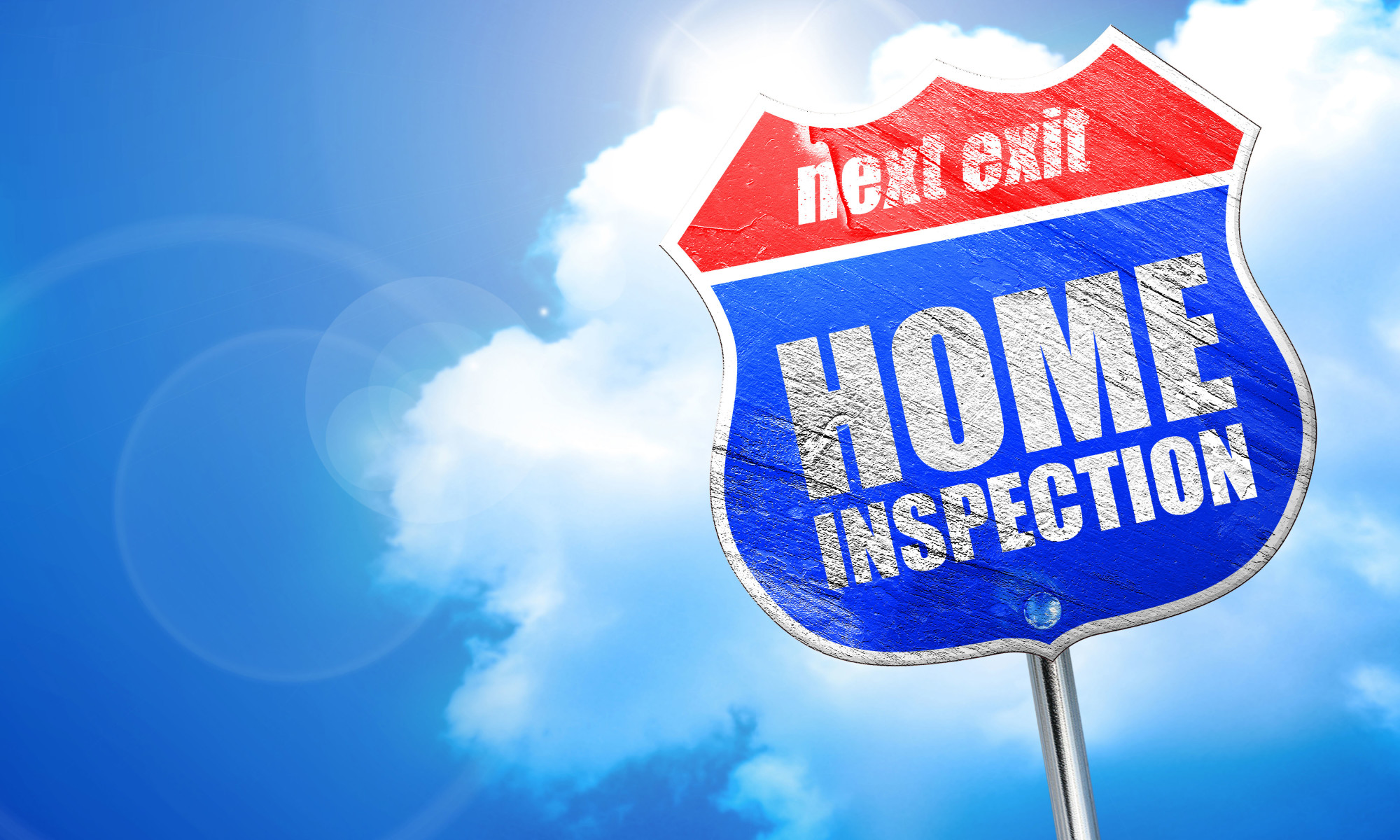
Last year in the United States, more than 31 million people moved home. This can be an exciting time full of new possibilities. However, buying a new home isn’t without risk.
On average, homeowners spend $9,081 every year on property maintenance. But if something goes wrong with your new home this number could skyrocket. Fortunately, home inspections exist to protect you from buying a property with serious issues.
Not familiar with which common home inspection findings could mean trouble? Then you’re in the right place!
Read on to find out seven home inspection issues that should be red flags for any potential buyer.
What is a Home Inspection?
A home inspection is a type of independent assessment of a property. This takes place before you buy your new home.
During the inspection, an expert home inspector will visit the property and examine it for issues. This includes checking the:
- Windows
- Doors
- Roofing
- Walls and ceilings
- Attics, basements, and crawl spaces
- Electrical appliances and systems
- Plumbing systems
- Air-conditioning systems
These inspections are incredibly important as they can discover serious issues with a property that you may not have noticed. They also protect you from problems the seller may have tried to hide!
If anything does appear in a home inspection report, you should think twice about buying the property. And if the seller doesn’t agree to get the problem fixed before selling then walk away – it will save you a lot of money!
With that in mind, let’s take a look at some common home inspection findings that suggest serious issues with a property.
1. Wiring Issues
The wiring in your home plays a huge role in keeping you comfortable and safe. So any problems with it can be seriously dangerous.
Some common electrical problems are easier to fix than others. For example, if the wires have been attached incorrectly this will create reverse polarity. An electrician will be able to fix this easily by repositioning the wires.
However, damaged or faulty wiring is a huge red flag. This is a serious fire hazard. So, unless the homeowner offers to pay for the repairs, you should walk away.
2. Home Heating Issues
Heating issues are also common among home inspection problems. This is because a lot of homeowners don’t maintain their heating systems as regularly as they should.
A faulty heating system will result in expensive heating bills and eventually, it will need replacing. Once you’ve bought a property, the old owner won’t have any responsibility to pay for this.
If the heating system is showing signs of problems, think twice about investing your money in it!
3. Exterior Damage
Looking at the outside of a house can be deceiving, even if it a little rough around the edges. A lot of homeowners will sell a worn property as just needing a new lick of paint and a bit of care. But don’t be fooled by this.
A lot of home inspection problems found that a poorly maintained exterior can lead to serious issues within the property. Some signs to look out for include:
- Cracking in brick, plaster, or woodwork
- Poorly maintained gutters
- Loose or missing sealants around windows and doors
- Cracks or gapping around pipework
- Gaps at ground level
All of these leave a property exposed to moisture, which can cause damp inside a home, especially if left untreated. If these show up on a report, it’s very important to look for signs of damage that they could have caused inside.
4. Structural Problems
The structural integrity of your home is, obviously, extremely important. On top of this, repairing structural issues will cost you a lot. In fact, you may not be able to live in your home while issues are being resolved.
This is why you should take any signs of structural problems in a home inspection report seriously. Some of these include:
- Doors not shutting properly or sticking in their frames
- Sloping floors
- Cracks in the walls or foundations
If any of these structural issues show up in your report, expect a big deduction on the property price or walk away.
5. Roof Weaknesses
A home’s roof protects you, your property, and everything in it from the elements. So you need it to be top quality.
Over time, a roof may need to be repaired or replaced entirely. If this hasn’t been done you will find yourself getting leaks and damp. This can damage your home’s structural integrity.
Poor ventilation and damaged or missing shingles and flashings are all roofing issues you shouldn’t ignore. These will be expensive to repair and can lead to further damage throughout your home according to these roofing companies in Northern Kentucky.
6. Bad Windows
Despite being made of glass, most windows should last between 15 and 20 years. That said they need to be properly maintained.
Loose sealant or windows that won’t open are simple issues to repair. However, poor quality windows may need replacing entirely.
These allow drafts into your home. Problems with your windows will also become a serious property safety issue. Broken or missing panes can become targets for burglars so avoid them at all costs!
7. Poor Drainage and Plumbing
Water damage in a home can lead to a whole host of problems. It’ll damage soft furnishings inside your home and can lead to damp or mold growing. On top of this, unresolved leaks can affect the integrity of your walls and flooring.
Unfortunately, getting these issues repaired can be very expensive, so you don’t want to take this cost on yourself. If there are any signs of leaking in a property, make sure to investigate these thoroughly before buying.
Proper outside drainage is also extremely important. If a home inspection turns up any issues with this, it may be time to look elsewhere.
Protect Yourself from Common Home Inspection Findings
As you can see, a home inspection can save you from buying a home with a lot of issues. This is why you should never ignore these seven common home inspection findings.
To discover more home moving tips and inspiration, keep scrolling!
